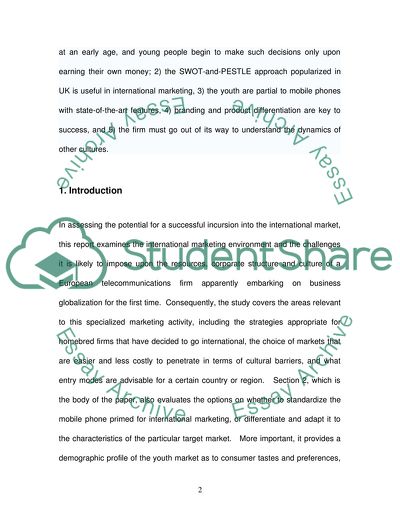Cite this document
(International Marketing Plan for New Mobile Phone Research Paper - 1, n.d.)
International Marketing Plan for New Mobile Phone Research Paper - 1. https://studentshare.org/marketing/1711464-international-marketing-management
International Marketing Plan for New Mobile Phone Research Paper - 1. https://studentshare.org/marketing/1711464-international-marketing-management
(International Marketing Plan for New Mobile Phone Research Paper - 1)
International Marketing Plan for New Mobile Phone Research Paper - 1. https://studentshare.org/marketing/1711464-international-marketing-management.
International Marketing Plan for New Mobile Phone Research Paper - 1. https://studentshare.org/marketing/1711464-international-marketing-management.
“International Marketing Plan for New Mobile Phone Research Paper - 1”. https://studentshare.org/marketing/1711464-international-marketing-management.


